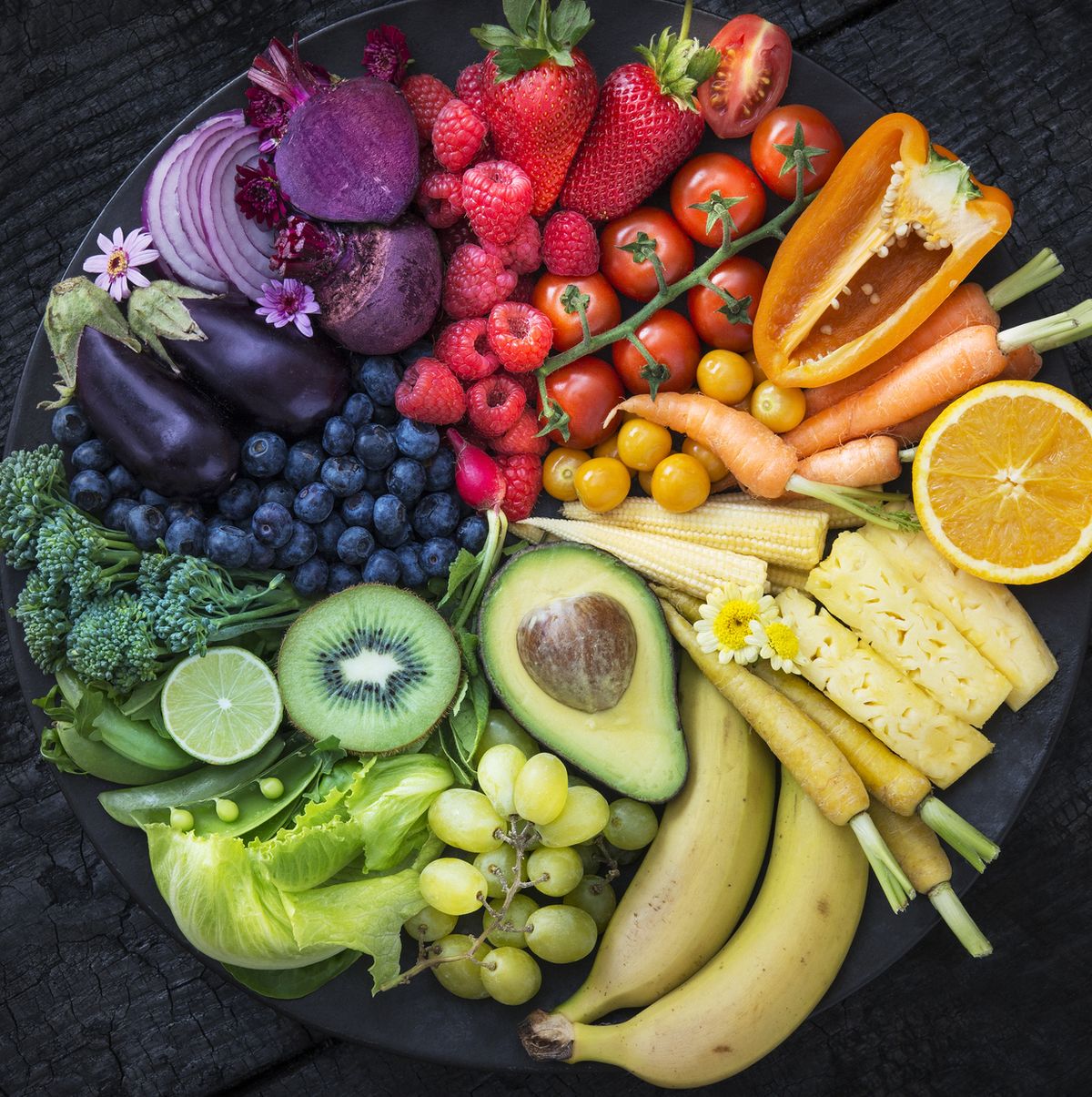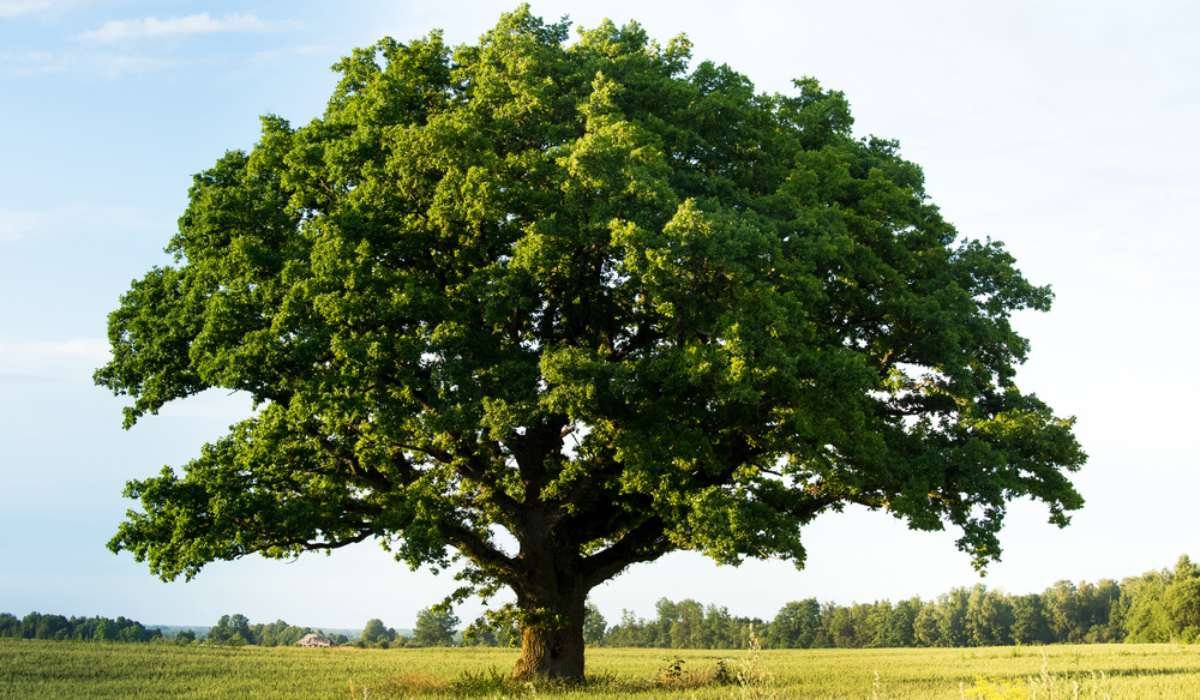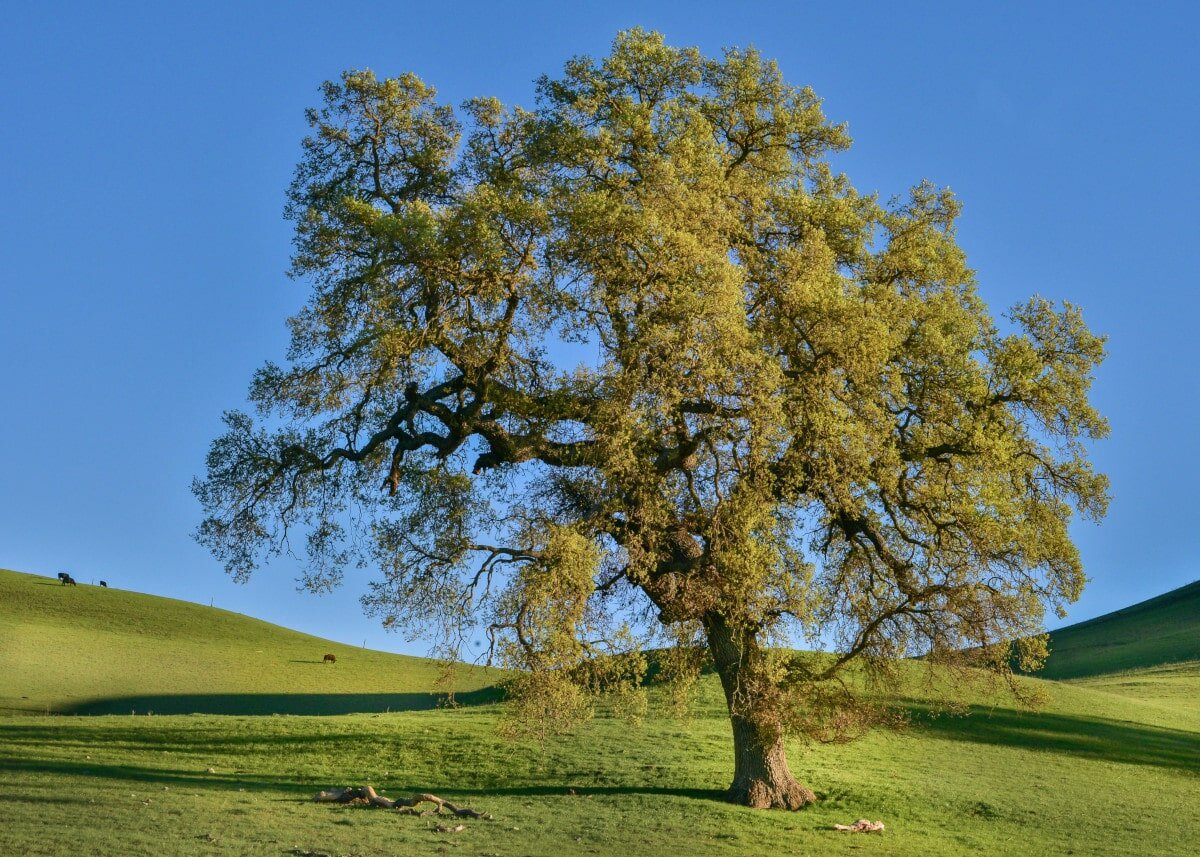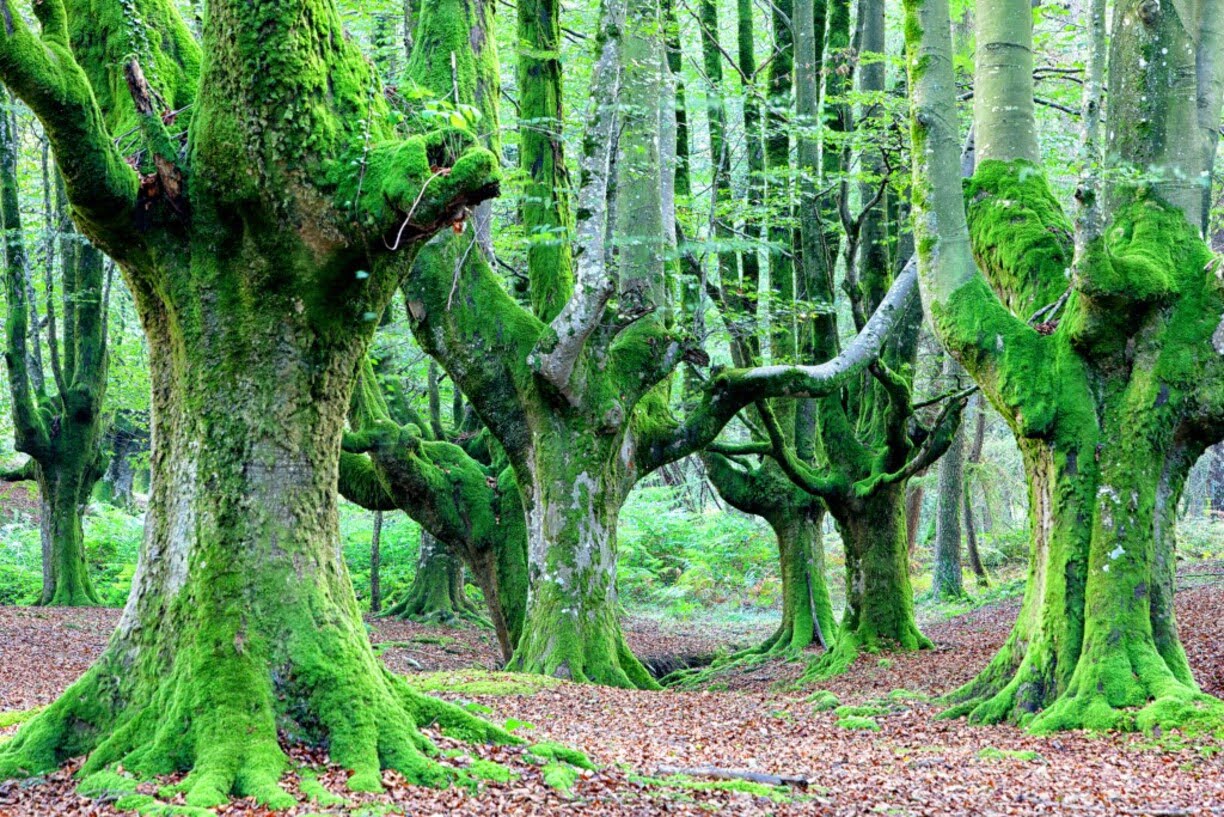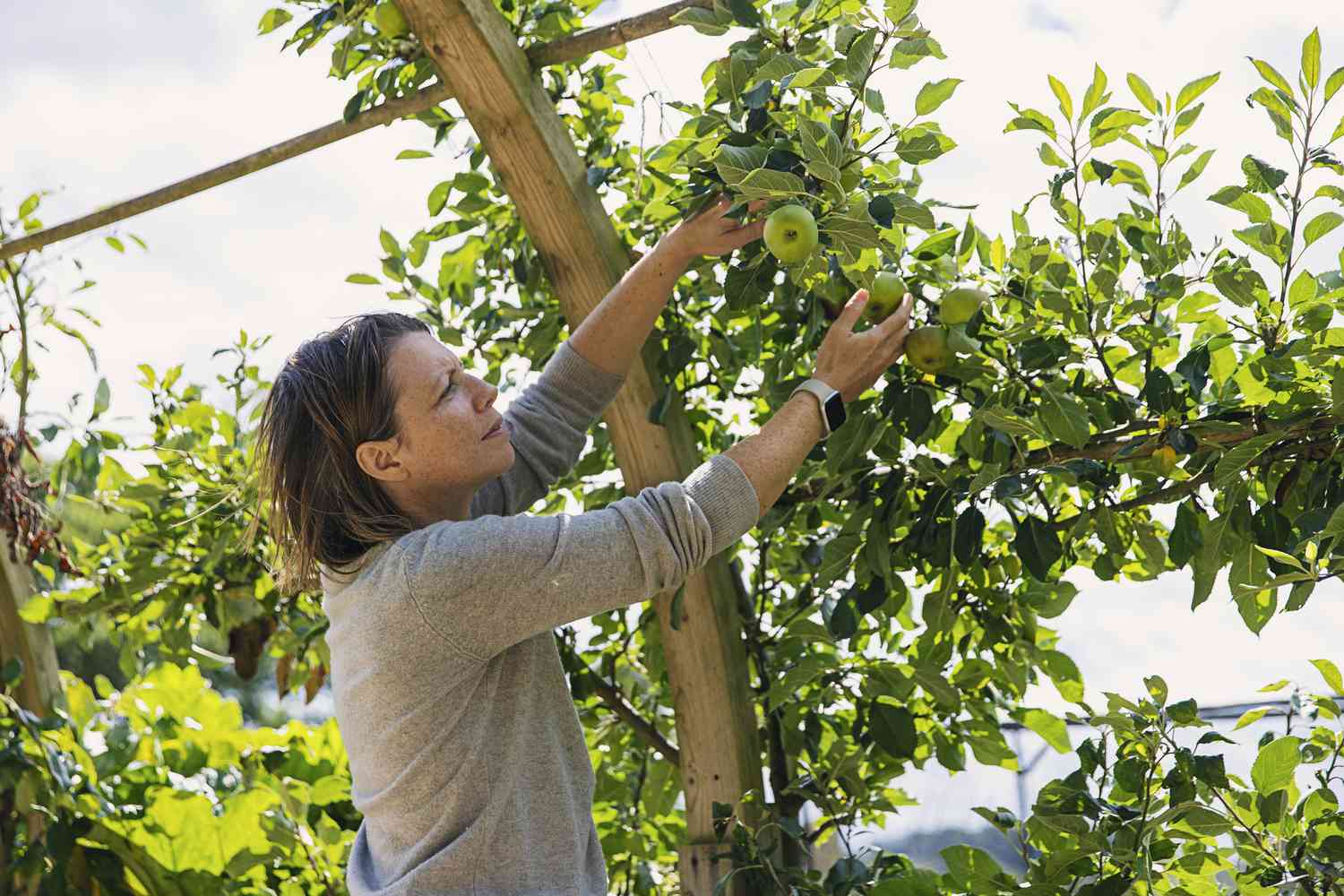Home>Garden Design>Planning Your Garden>How Many Fruit Trees Per Acre
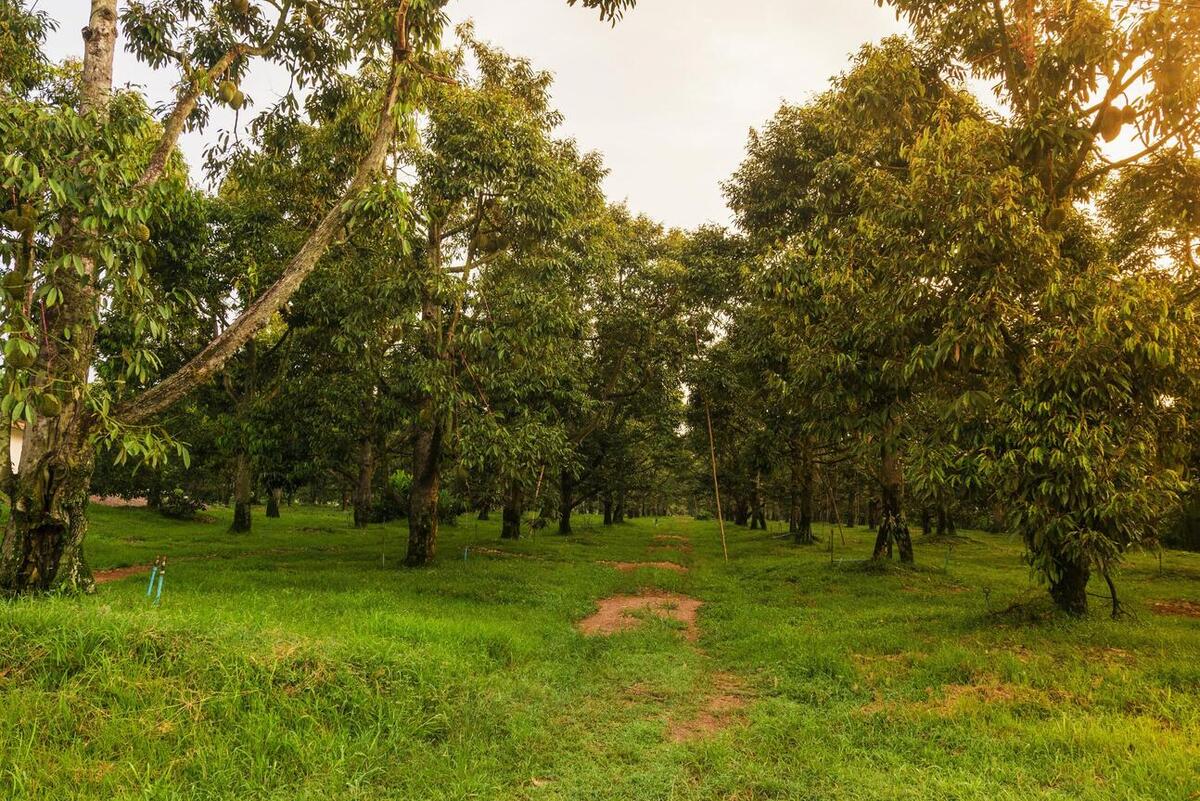

Planning Your Garden
How Many Fruit Trees Per Acre
Modified: January 22, 2024
Planning your garden? Learn how many fruit trees you should plant per acre for maximum yield and space optimization. Expert tips and advice for successful gardening.
(Many of the links in this article redirect to a specific reviewed product. Your purchase of these products through affiliate links helps to generate commission for Chicagolandgardening.com, at no extra cost. Learn more)
Table of Contents
Introduction
Planning and planting a garden can be an exciting endeavor, especially when it comes to growing fruit trees. Whether you have a small backyard or a large acreage, incorporating fruit trees into your garden can provide both aesthetic beauty and delicious harvests. But, how many fruit trees should you plant per acre?
Deciding the ideal number of fruit trees per acre requires careful consideration of several factors. These include the space available, the specific fruit tree varieties you want to grow, and the overall design and layout of your garden. By understanding these factors and making informed decisions, you can optimize the space, maximize yields, and achieve a thriving fruit tree orchard.
In this article, we will explore the key factors to consider when determining how many fruit trees to plant per acre. We will discuss the spacing requirements, popular fruit tree varieties, pruning and maintenance considerations, and strategies for maximizing yield and fruit quality. By the end of this article, you will have a solid understanding of how to plan your garden and make the most of your fruit tree planting.
So, let’s dive in and discover all the essential aspects of planning your garden and determining the number of fruit trees per acre!
Factors to Consider
When deciding how many fruit trees to plant per acre, there are several factors that need to be taken into consideration. These factors will help you make informed decisions and ensure the optimal growth and productivity of your fruit trees. Let’s explore these factors in more detail:
1. Available Space: The amount of space you have in your garden or orchard is a crucial factor in determining the number of fruit trees you can plant per acre. Consider the overall area and its shape, as well as any existing structures or landscape features that may limit the space available for planting.
2. Fruit Tree Varieties: Different fruit tree varieties have varying sizes at maturity and growth habits. Some varieties may be more compact and suitable for high-density planting, while others require more space to spread out. Research the specific varieties you want to grow and their recommended planting distances to determine how many trees can fit in an acre.
3. Rootstock Selection: Rootstocks play a significant role in the size and vigor of fruit trees. Choose rootstocks that are compatible with your desired fruit tree varieties and consider their potential impact on tree size and spacing requirements.
4. Sunlight and Air Circulation: Fruit trees require ample sunlight to thrive and produce abundant fruits. Consider the orientation of your garden and the presence of any shade or obstructions that may limit sunlight exposure. Optimal air circulation is also crucial to prevent diseases and ensure optimal growth.
5. Soil Quality and Drainage: The quality of your soil and its drainage capabilities directly impact the health and growth of fruit trees. Conduct a soil test to determine its nutrient levels and pH and make any necessary amendments to create a favorable growing environment for your trees.
6. Climate and Hardiness Zone: Different fruit tree varieties have specific temperature and climate requirements. Consider your climate and hardiness zone to select fruit trees that can thrive in your region.
7. Access to Water: Adequate and reliable water supply is essential for the growth and productivity of fruit trees. Consider the availability of irrigation systems or natural water sources and ensure that your orchard has proper watering facilities.
By carefully considering these factors, you can determine the ideal number of fruit trees per acre in your garden. The next step is to understand the spacing requirements for different fruit tree varieties, which we will discuss in the following section.
Spacing Requirements
Proper spacing is crucial for the healthy growth and development of fruit trees. The spacing requirements will depend on the specific fruit tree varieties you are planting and their expected size at maturity. Here are some general guidelines for spacing fruit trees:
1. Dwarf Varieties: Dwarf fruit trees, such as dwarf apple or peach trees, have a compact size and are ideal for small gardens or for high-density planting. These trees typically require a spacing of 6-10 feet (2-3 meters) between each tree.
2. Semi-Dwarf Varieties: Semi-dwarf fruit trees, like semi-dwarf apple or pear trees, have a slightly larger size compared to dwarf trees. They require a spacing of 10-15 feet (3-4.5 meters) between each tree to allow for proper airflow, sunlight penetration, and ease of maintenance.
3. Standard Varieties: Standard fruit trees, such as standard apple or cherry trees, are larger in size and require more spacing between each tree. The recommended spacing for standard trees is typically around 15-20 feet (4.5-6 meters) apart.
It’s important to consider both the horizontal and vertical spacing when planting fruit trees. Horizontal spacing refers to the distance between the trees in a row, while vertical spacing refers to the distance between the rows.
When planning the layout of your orchard, keep in mind that proper spacing allows for adequate sunlight exposure, air circulation, and access for maintenance tasks such as pruning, thinning, and harvesting. It also helps prevent the spread of diseases by reducing tree-to-tree contact.
In addition to the spacing between the trees, consider leaving enough space around the perimeter of the orchard for pathway access and equipment movement. This will make it easier to tend to your trees and perform necessary tasks throughout the growing season.
It’s important to note that the spacing requirements may vary for certain fruit tree varieties or depending on the specific growing conditions in your area. Always refer to reputable sources or consult with local gardening experts to ensure you are following the best practices for spacing your fruit trees.
Now that we’ve covered the spacing requirements, let’s move on to discussing popular fruit tree varieties and their planting densities.
Popular Fruit Trees and Their Planting Densities
There are numerous fruit tree varieties that you can choose from for your garden or orchard. Each variety has its own unique characteristics, flavors, and planting requirements. Here are some popular fruit tree varieties and their recommended planting densities:
1. Apple Trees: Apple trees are one of the most common fruit trees grown in home gardens. Popular varieties include ‘Gala,’ ‘Granny Smith,’ and ‘Fuji.’ For dwarf apple trees, a density of 2-3 trees per 100 square feet (9 square meters) is recommended. For semi-dwarf and standard apple trees, a spacing of 15-20 feet (4.5-6 meters) between each tree is suitable.
2. Peach Trees: Peach trees produce juicy and flavorful fruits. Varieties such as ‘Elberta,’ ‘Redhaven,’ and ‘Suncrest’ are well-loved choices. For dwarf peach trees, a density of 3-4 trees per 100 square feet (9 square meters) is recommended. Semi-dwarf and standard peach trees should be spaced around 12-15 feet (3.5-4.5 meters) apart.
3. Pear Trees: Pear trees, known for their sweet and juicy fruits, come in varieties like ‘Bosc,’ ‘Anjou,’ and ‘Bartlett.’ For dwarf pear trees, a density of 2-3 trees per 100 square feet (9 square meters) is suitable. Semi-dwarf and standard pear trees benefit from a spacing of 15-20 feet (4.5-6 meters) between each tree.
4. Cherry Trees: Cherry trees, with their beautiful blossoms and tasty fruits, are a delight in any garden. Varieties like ‘Bing,’ ‘Rainier,’ and ‘Stella’ are popular choices. For dwarf cherry trees, a density of 3-4 trees per 100 square feet (9 square meters) is recommended. Semi-dwarf and standard cherry trees require a spacing of 12-15 feet (3.5-4.5 meters) apart.
5. Citrus Trees: Citrus trees, including orange, lemon, and lime trees, are popular for their vibrant colors and tangy flavors. Varieties like ‘Washington Navel,’ ‘Meyer Lemon,’ and ‘Key Lime’ are widely grown. Citrus trees generally require more space due to their larger size and spreading growth habit. A spacing of 15-20 feet (4.5-6 meters) between each tree is typically recommended.
These planting densities are general recommendations, and you may need to adjust them based on your specific growing conditions and the size of your fruit trees. Additionally, consider the rootstock used for grafting, as it can impact the size and spacing requirements of the trees.
Remember to provide adequate space for each tree to receive sufficient sunlight, airflow, and nutrients. This will promote healthy growth, reduce the risk of diseases, and ensure optimal fruit production.
Now that you have an understanding of popular fruit tree varieties and their planting densities, it’s important to consider pruning and maintenance considerations to keep your fruit trees in top shape.
Pruning and Maintenance Considerations
Pruning and maintenance are essential for the health, productivity, and longevity of fruit trees. Proper pruning helps shape the tree, promotes airflow, controls pests and diseases, and encourages optimal fruit production. Here are some important considerations for pruning and maintaining your fruit trees:
1. Pruning Techniques: Learn about the appropriate pruning techniques for your specific fruit tree varieties. This may include thinning out branches, removing dead or diseased wood, shaping the tree’s structure, and managing the height and spread of the tree. Prune during the dormant season to minimize stress on the tree.
2. Pruning Frequency: Regular pruning is important to maintain the health and shape of the tree. Depending on the growth rate and vigor of your fruit trees, annual or biennial pruning may be necessary. Monitor your trees throughout the growing season and address any issues promptly.
3. Pest and Disease Management: Implement integrated pest management practices to prevent and control common pests and diseases. This may include regular inspection of the tree for signs of infestation or infection, timely application of organic or chemical treatments when necessary, and keeping the orchard area clean and free from debris.
4. Fertilization and Nutrient Management: Provide your fruit trees with the necessary nutrients to support healthy growth and fruit production. Conduct a soil test to determine any nutrient deficiencies and apply appropriate fertilizers or organic amendments accordingly. Follow recommended guidelines for timing and application rates.
5. Watering and Irrigation: Adequate and consistent watering is essential for fruit tree health. Provide regular deep watering, especially during dry periods, to ensure proper hydration of the trees. Mulching around the base of the trees can help retain moisture and suppress weed growth.
6. Thinning Fruits: To improve the quality and size of the fruits, consider thinning them when they are still small and unripe. This practice helps prevent overcrowding, allows for better airflow, and promotes proper fruit development. Thinning also helps prevent branches from breaking under the weight of excessive fruit.
7. Winter Protection: In regions with cold winters, protect your fruit trees from frost and freezing temperatures. Use protective covers or wraps to shield the trees’ trunks and branches and provide insulation. Remove the covers during milder weather conditions to allow for ventilation.
By following these pruning and maintenance considerations, you can ensure that your fruit trees stay healthy, productive, and aesthetically pleasing. Regular care and attention will contribute to a thriving orchard and a bountiful harvest for years to come.
Now that we’ve covered pruning and maintenance, let’s explore strategies for maximizing yield and fruit quality.
Maximizing Yield and Fruit Quality
Every fruit grower aims to maximize the yield and quality of their harvest. By implementing certain strategies, you can optimize the productivity and taste of your fruit trees. Here are some tips for maximizing yield and fruit quality:
1. Proper Pollination: Ensure proper pollination by planting compatible fruit tree varieties. Some fruit trees are self-pollinating, while others require cross-pollination from different varieties. Be sure to have pollinator trees or consider hand-pollination methods to increase fruit set.
2. Regular Pest and Disease Management: Monitor your fruit trees regularly for pests and diseases. Implement integrated pest management practices, including cultural controls, biological controls, and targeted chemical treatments when necessary. Keeping your trees healthy and pest-free will prevent fruit damage and improve overall yield and quality.
3. Adequate Watering and Irrigation: Provide consistent and sufficient water to your fruit trees, especially during critical growth stages like flowering and fruit development. Avoid overwatering, as it can lead to waterlogged soil and root rot. A properly irrigated tree will produce larger and juicier fruits.
4. Balanced Fertilization: Maintain a balanced nutrient profile in your orchard by applying appropriate fertilizers. Nitrogen promotes vegetative growth, while phosphorus and potassium support fruit development and overall tree health. Follow soil test recommendations or consult with a horticulture expert for the right fertilizer application rates and timing.
5. Proper Fruit Thinning: Thinning is a crucial step in maximizing fruit quality. Remove excess fruits when they are still small and unripe to avoid overcrowding. This allows the remaining fruits to grow to their full potential, resulting in larger, sweeter, and better-quality harvests.
6. Pruning for Fruit Production: Pruning plays a role not only in tree health but also in maximizing fruit production. Thinning out excess branches and promoting proper airflow and sunlight penetration will lead to better fruit development and reduced risk of diseases.
7. Harvest at Optimal Maturity: Harvest your fruits at the peak of ripeness for the best flavor and quality. Each fruit variety has specific indicators, such as color, firmness, and aroma, that signal optimal maturity. Experiment and get to know the ideal harvest time for each type of fruit in your garden.
8. Post-Harvest Care: Handle harvested fruits with care to prevent bruising or damage. Store them in appropriate conditions, such as cool temperatures and controlled humidity, to prolong shelf life and maintain freshness. Proper post-harvest care ensures that your fruits retain their quality from tree to table.
By implementing these strategies, you can enhance the yield and fruit quality of your trees. Remember that each fruit tree variety may have specific requirements, so tailor your approach accordingly. With proper care and attention, you will be rewarded with abundant, delicious fruits from your garden or orchard.
Now that we have explored strategies for maximizing yield and fruit quality, let’s conclude our discussion on planning your garden and planting fruit trees.
Conclusion
Planning your garden and determining the number of fruit trees per acre is an important step in creating a thriving and fruitful orchard. By considering factors such as available space, fruit tree varieties, spacing requirements, and maintenance considerations, you can create an optimal environment for your trees to grow and produce abundant and high-quality fruits.
Remember to research the specific requirements for the fruit tree varieties you choose and adapt your planting densities accordingly. Whether it’s dwarf, semi-dwarf, or standard trees, providing the right amount of space will ensure proper airflow, sunlight exposure, and ease of maintenance.
Pruning and regular maintenance are key to maintaining the health and productivity of your fruit trees. By following proper pruning techniques, managing pests and diseases, and providing adequate water and nutrients, you can support optimal growth and maximize fruit yield.
Additionally, implementing strategies to maximize yield and fruit quality, such as proper pollination, balanced fertilization, fruit thinning, and careful post-harvest care, will ensure that you enjoy the fruits of your labor to the fullest.
Remember, every garden is unique, and it’s important to tailor your approach to suit your specific growing conditions and preferences. Consult with local gardening experts, refer to reputable sources, and experiment to find the best practices that work for you.
With careful planning, attention to detail, and a little bit of patience, your garden can become a thriving oasis filled with delicious fruits produced by your well-tended fruit trees. So, get started on your garden planning journey and enjoy the bountiful harvest and satisfaction that comes with growing your own fruits.

